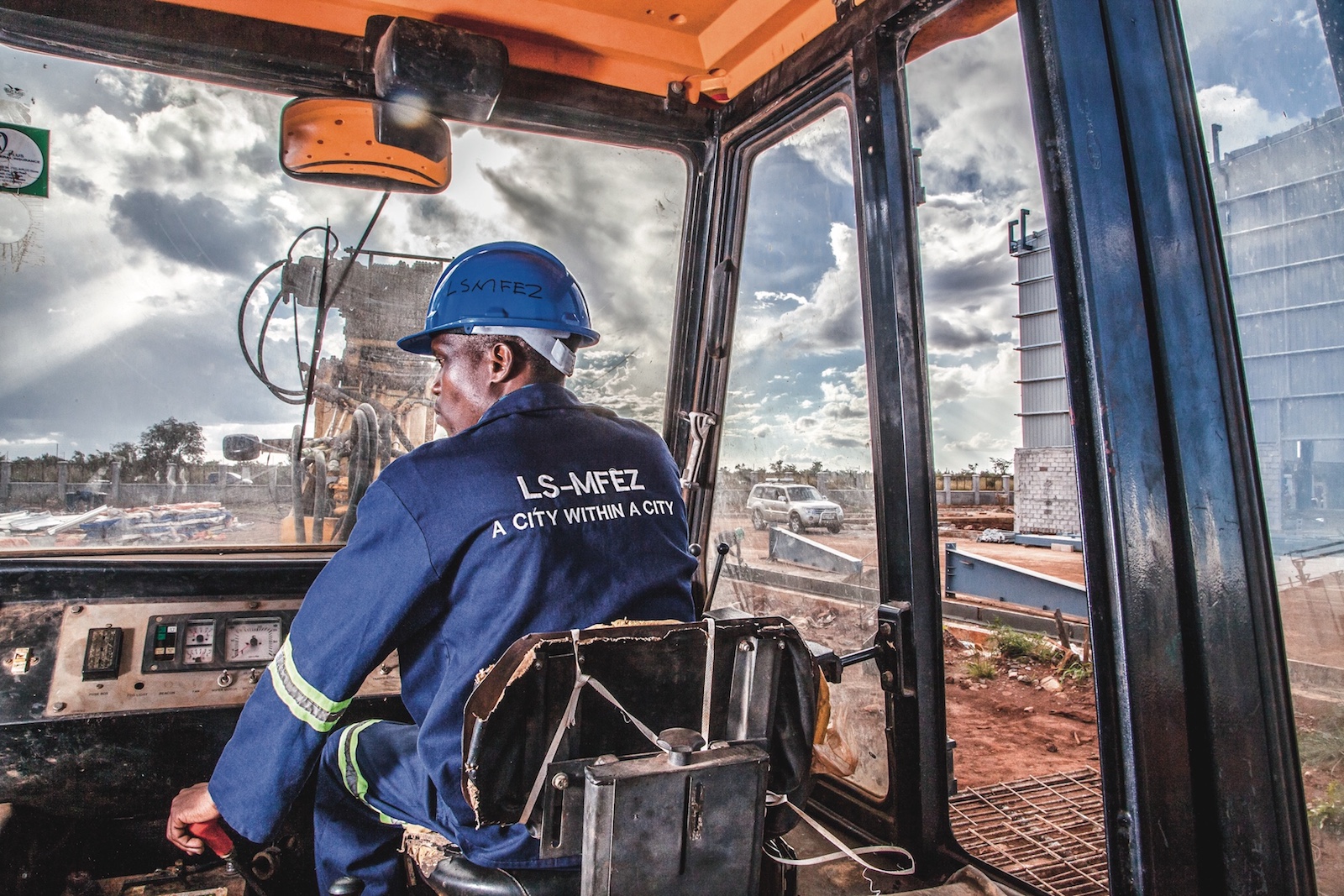“…I have always found that plans are useless but planning is indispensable.” – General Dwight D. Eisenhower
D-Day stands as one of the defining moments of modern day history. The invasion of Normandy is the largest amphibious military operation to date and marked the first step of Operation Overlord, the liberation of Western Europe. By the end of the day the Allies had gained a foothold in the beaches of Normandy. And within three months they had made significant strides in weakening the resolve of their enemies. Yet, when the Allied forces made the decision to take back France in the Second World War, the preparations for the invasion were years in the making. From the first representation to open a second front against the enemy in 1940, to July 1943 when initial discussions began, right to 6th June 1944 when D-Day took place, planning was extensive.
When it comes to building a city there are many things that are critical to its success and longevity. Among those are its commercial and economic viability, security and safety, the structural infrastructure and sufficient sanitation and waste management amongst other things. It is difficult to pin point which of these aspects is the most essential. Mostly because the strength of all of these factors depend on each other. Isolate one aspect from the others and you may make a case in theory. But when put into practice it becomes evident that their relationship is symbiotic. The commercial success of a city can’t be divorced from the requirement that there be the basic security features to protect any investments. The infrastructure to power trade and industry would be compromised were the environment not conducive to sustain a healthy workforce.
To be healthy as an organism the city must comprise of several healthy sectors. And while each separate sector has its specialists; structural and civil engineers, public health and environmental technicians; economists and investment analysts; there has to be some kind of way to bring all their concerns together. To mesh their varying individual interests into a single vision and charter a way forward. Fredrick Law Olmsted Jr in 1913 famously described planning as the “intelligent control or guidance ….of the physical form of the city, in its entirety”. Today, contemporary urban planning can further be described as a “technical and political process concerned with the welfare of people, control of the use of land, design of the urban environment including transportation and communication networks, and protection and enhancement of the natural environment,” (American Planning Association), which involves techniques for survey, analysis, design, and implementation developed from an interdisciplinary synthesis of various fields.
This may not always be an easy task to accomplish. Urban planner Chileshe Mukuka pointed out, “The environment the conservationists are trying to save may be deemed a necessary casualty of development by the industrialist.” The competing agendas often requiring an umpire able to understand the concerns of all parties in order to harmonise them. “This ensures orderly compatible development in an environmentally sustainable manner while optimising the use of available land.”
Why it is essential that very extensive and careful planning go into a project of such magnitude. To allow any one interest to overshadow and even extinguish another is to set the city up for failure. And it is often for this reason, to paraphrase George Burns, that even the best laid plans of mice and men go awry.
When General Eisenhower devised the plan to take Normandy he described it as “a project so unique as to be classed by many scoffers as fantastic.” Similar sentiments were expressed in 2010 when plans to launch the Lusaka South Multi Facility Economic Zone were announced. The LS-MFEZ was slated as a city within a city. Planned on all fronts down to a tee. With the goal to stimulate growth through foreign and local investment, research and innovation in its Master Plan, LS-MFEZ aims to serve as a vehicle to achieve a number of objectives which include; “to be a centre of excellence for business and investment, act as a catalyst for Zambian Research and Development, act as a home for new Government research and development institutions, promote medium, small and micro-enterprise (MSMEs), promote innovation and incubate new technology oriented business, and to promote the establishment of links between industry, government, research institutions and universities”.
The Zone has laid aside sections of its 2100 allocated hectares for industrial, commercial and research purposes. Also included are designated sections for housing, processing and mixed use, amongst others. This type of planning has many benefits for investors as noted by Adelaide City’s Lord Mayor, Michael Harbison that “For investors and developers…these projects can bring higher yields, spread risks, generate synergies between complementary tenants and attract potential purchasers from a wider variety of market sectors”. As with any development project, success will be ‘designed in’ to Zone from the inception stage, based on a set of principles that will generate a robust and versatile environment.
The planning that has gone into the Zone should allay any fears that potential investors may hold over the wisdom of taking advantage of the opportunity. With different sectors catered to in allocation, and tax incentives provided by the Government the Zone looks set to ensure that the years of planning that went into it pays off.








